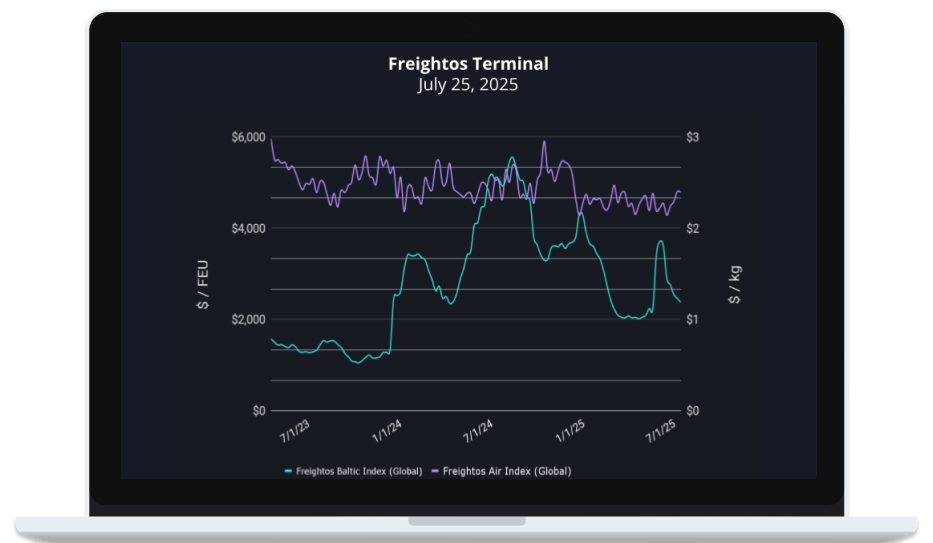The recent landscape of trade agreements has ushered in a sense of stability, though its impact on freight dynamics appears minimal for the time being. As organizations and businesses navigate the shifting tides of international commerce, understanding the ramifications of these agreements on logistics and freight management becomes crucial.
Overview of Recent Trade Developments
The expiration of the US’s reciprocal tariff pause on August 1st highlighted significant developments in trade agreements with several major partners, including the EU and Japan. As preparations were underway, these agreements aimed to recalibrate tariff rates and foster stronger economic ties.
Key Highlights of the Trade Agreements
- The US and EU have established a baseline tariff of 15% on most exports, up from 10% but down from the previously proposed 30%.
- Automotive exports from the EU will also be subjected to this adjusted tariff structure, impacting global automotive supply chains.
- A proposed quota for the reduction of US steel and aluminum tariffs on EU imports is in the works, signifying a potential easing of trade tensions.
Industry Responses
The recent trade agreements have evoked varied reactions within the freight industry. While changes in tariff rates may burden certain export activities, the clarity these agreements provide is indispensable for businesses that thrive on predictable import and export dynamics. With many companies having frontloaded their goods in anticipation of harsher tariffs, the adjustments in tariff rates may initiate a return to typical freight booking patterns over time.
Freight Rates and Market Trends
Container Shipping Rates
Freight pricing has seen fluctuations due to seasonal demand and tariff adjustments:
- Transatlantic ocean freight volumes have slightly increased, remaining stable with 2024 forecasts, although automotive tariffs enacted in April led to a 7% decrease in April traffic.
- Rates between China and North America peaked and subsequently declined as carriers adjusted capacity in response to reduced volume levels.
Impact on Air Cargo
Air freight also faces challenges, primarily due to fewer last-minute reinforcements as tariffs influence shipping sensibilities. The resulting changes are felt across the logistics landscape, with some companies feeling the effects more acutely than others.
Looking Ahead: Projections and Implications
As the dust settles from these recent trade deals, the overall forecast for the freight industry remains cautiously optimistic. Importers may need to adapt to the new baseline tariffs and prepare for potential price increases as these costs trickle down the supply chain. Interestingly, the prospect of a return to standard freight rates, alongside unexpected market dynamics brought forth by shifting tariff structures, could stimulate renewed interest in global shipping routes.
Logistics Sector Considerations
While the agreements may have minimal immediate impact on freight, their long-term implications on logistics should not be overlooked. Trade stability, bolstered by improved clarity over tariffs, aligns with GetTransport.com’s commitment to provide affordability and reliability in cargo transportation solutions.
结论
In summary, recent trade agreements yield much-needed stability within the freight sector, yet their real-world impacts might unfold slowly. In these fluctuating times, utilizing reliable logistics services is vital. GetTransport.com simplifies the logistics maneuvering necessary for businesses, offering a cost-effective means to tackle global transportation challenges. Customers benefit from a platform that emphasizes convenience and transparency, ensuring their delicate balance between expenses and supply chain efficiency is maintained. Ready to navigate through the waves of logistics and cargo delivery? 在 GetTransport.com 上预订您的车程。

 Trade Agreements Yield Stability Amidst Minimal Freight Changes">
Trade Agreements Yield Stability Amidst Minimal Freight Changes">